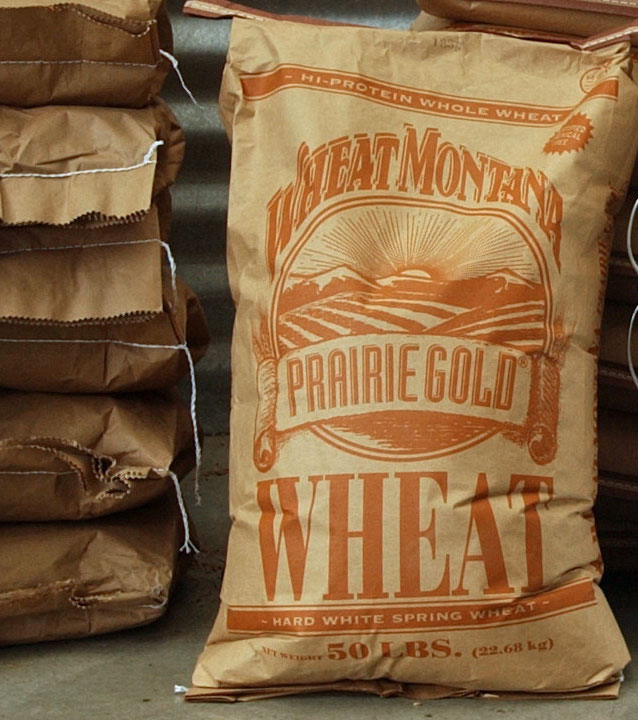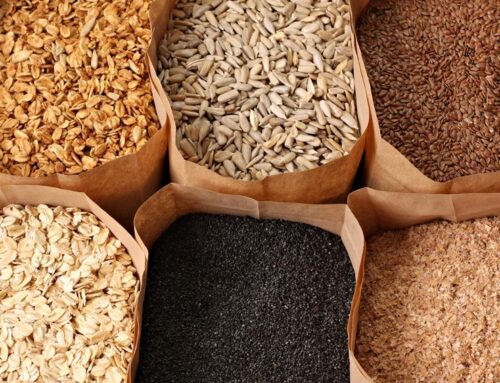Everyone would like to be and feel healthier and one of the ways we can do that is to incorporate more whole, unprocessed, and hopefully non-GMO, grains into our every-day diet. We also want to be smart about our finances and want to make sure that as part of our daily and yearly supply of food for storage that we have these whole grains on hand and that we are storing them correctly. Some of the things you need to consider when deciding storage is whether it is a hard grain or a soft grain. This will affect the storage times of those grains.
 This is a post to explain the basics of the types of grains. As this series of articles progresses I will add information on ways to store these different kinds of grains in long and short term storage. I will add supplemental links, as information is vetted, for your information as well as convenience.
This is a post to explain the basics of the types of grains. As this series of articles progresses I will add information on ways to store these different kinds of grains in long and short term storage. I will add supplemental links, as information is vetted, for your information as well as convenience.
Hard vs Soft Grains
Some grains have a softer outer shell. These are the Soft Grains and they have a storage life of about 8 years at 70 degrees F. If you have a way to keep your food storage cooler as in a dry root cellar, your safe storage time may be longer depending on the aridity and coolness of the place it’s stored.
The Soft Grains are: Barley, Hulled or Pearled Oats, Oat Groats, Rolled Oats, Quinoa, Rye Berries and Soft White Wheat.
Hard Grains store longer because of their hard outer shell which protects the germ of the seed. With proper storage at 70 degrees F you can expect these to last upwards of 25 years in your food storage.
The Hard Grains are: Buckwheat, Dry Corn, Flax, Kamut, Millet, Durum wheat, Hard Red and Hard White wheat, Spelt and Triticale.
This post isn’t so much about how to store grains – you can read about Dry Pack Canning and other storage methods in a previous post – but about knowing which grain you are choosing, how long they will store and making appropriate plans, the hard (and soft) truth about storing them!
Basic Grain Instructions
I keep my grains in two basic areas: Long term food storage, where they are sealed in jars or cans in an oxygen free environment and short term food storage. This is my basically my pantry area and I know that I will be using these foods within a few months.
Store your grains in airtight containers and keep them away from light, heat and moisture for maximum freshness. The oils in some whole grains can turn rancid over time, so be sure to check for a musty or off smell, this might mean they are past their prime.
Next I will help explain the long term storages of both kinds of grains.
~Wendy




